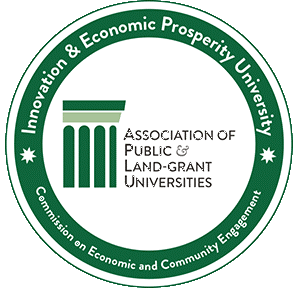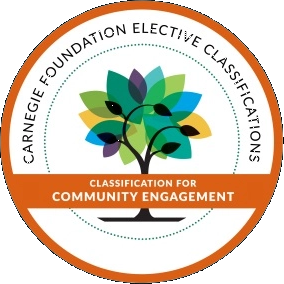What are broader impacts?
Along with the review of the intellectual merit of each proposal, the National Science Foundation (NSF) reviews the merit of its broader impacts – the impacts and benefits to society of your proposed research. Each proposal submitted to the NSF must include a section about its intended broader impacts.
Consideration of broader impacts, however, is not limited to NSF proposals. Broader impacts (BI) may be framed in terms of outreach, community-engaged scholarship, translation, dissemination, public humanities, community-based participatory research, community-based teaching and learning, diversity/inclusion/equity, and so forth.
What qualifies as broader impacts?
Broader impacts goals may address, but are not limited to:
- Full participation of women, persons with disabilities, and underrepresented minorities in science, technology, engineering, and mathematics (STEM)
- Improved STEM education and educator development at any level
- Increased public scientific literacy and public engagement with science and technology
- Improved well-being of individuals in society
- Development of a diverse, globally competitive STEM workforce
- Increased partnerships among academia, industry, and others
- Improved national security
- Increased economic competitiveness of the United States
- Enhanced infrastructure for research and education
Learn More
How are broader impacts reviewed?
Just as the science is reviewed for intellectual merit, broader impacts are reviewed based on the following questions:
- What is the potential for the proposed activity to benefit society and contribute to achievement of specific desired societal outcomes?
- To what extent do the proposed activities suggest and explore creative, original, or potentially transformative concepts?
- Is the plan for carrying out the proposed activities well-reasoned, well organized, and based on a sound rationale? Does the plan incorporate a mechanism to assess success?
- How well qualified is the individual, team, or institution to conduct the proposed activities?
- Are there adequate resources available to the PI (either at the home institution or through collaborations) to carry out the proposed activities? Is the budget allocated for broader impact activities sufficient to successfully implement them?
Examples of broader impacts activities
The links below offer examples of broader impacts activities:
- ARIS Broader Impacts Toolkit
Example broader impact activities by target audience - The Michigan Public Engagement Framework
The Michigan Public Engagement Framework identifies 12 general areas of public engagement.
For any questions relating to Broader Impacts:
Miles A. McNall
Director for Community-Engaged Research, Office for Public Engagement and Scholarship
Adjunct Faculty, Department of Psychology
Adjunct Faculty, Department of Human Development and Family Studies
E-Mail: mcnall@msu.edu









